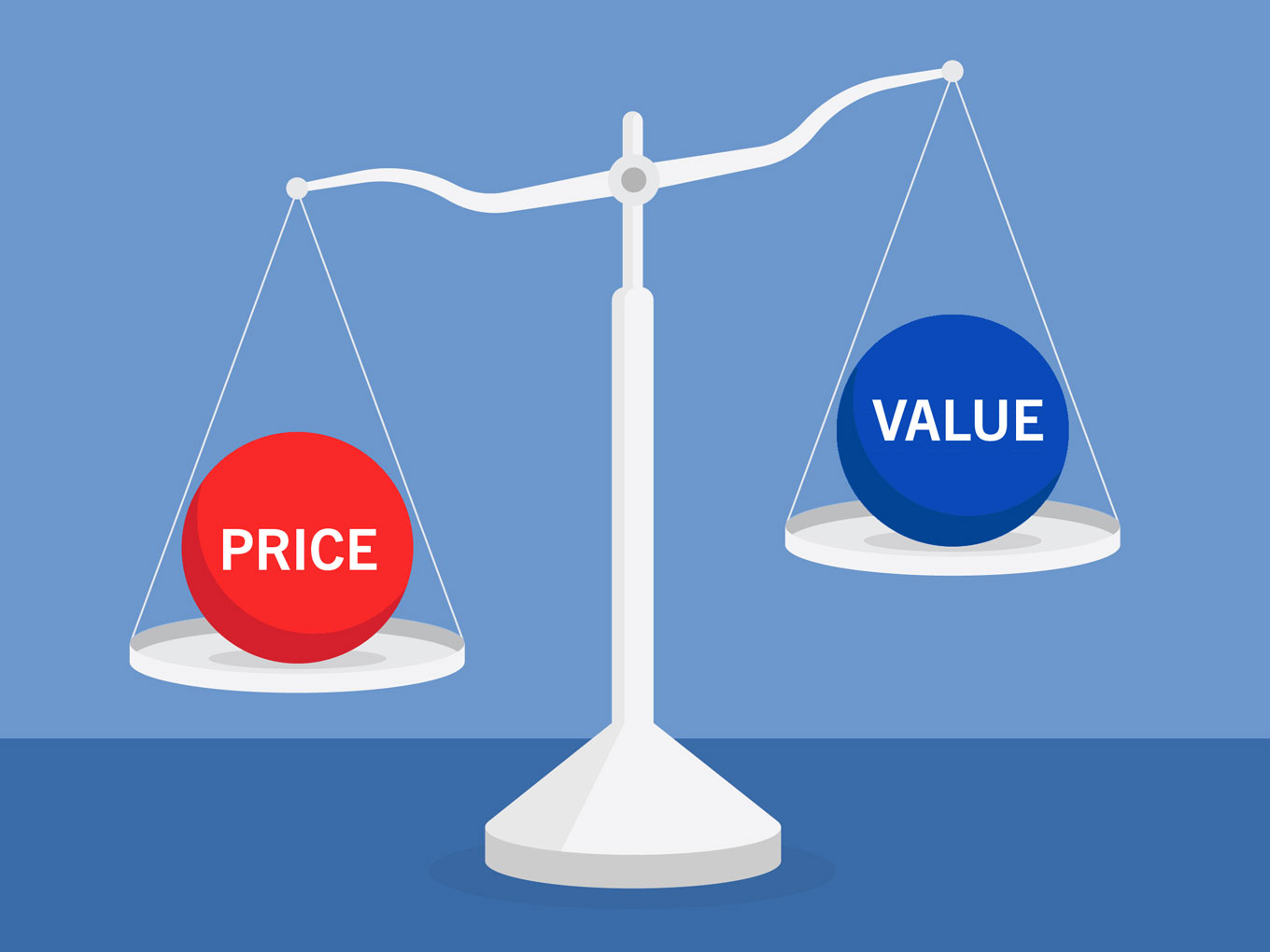
The Well-Being Factor is Changing Employer-Sponsored Health Care Forever
Preventive health care and well-being for employees lowers costs for companies

It may have been the pandemic that sparked a new way to look at employee health but focusing on well-being is also a concept whose time has come. Once people began to exercise more and eat healthy foods, calculating the return on those behaviors in terms of health care claims was a predictable progression. Today, we have data to back up how much preventive care and attention to health impacts employer-sponsored health care plans.
An example is cited in a three-year study in Population Health Management. By year three, 63% had achieved positive savings (most between $150 and $299 per month), marking a shift over time to increased proportions of the population achieving savings. Now, progressive companies are taking this knowledge and using it to implement well-being strategies and reap the benefits.
How we think about health
Over the last decade or more, there have been two major shifts in thinking. The first is about health care encompassing more than just illness or injury – the new mindset. An employer today has to be aware of preventive health, behavioral health, workplace environment, wellness, and social determinants of health. This broader view is beneficial to *employees themselves, and also to employers since all these factors have a significant impact on how well and how productive an employee can be. However, there is work to be done. Approximately 80 percent of employees use few if any medical services in a year, even though American workers are substantially less healthy than their counterparts in other countries.(1)
The second shift is that employers need to look at health essentially as a business investment. That’s because every year poor employee health creates a 16 percent drag on the economy manifesting in a reduction in productivity. When employers view the health of their workforce with a return-on-investment viewpoint, they can direct resources appropriately and optimize their spending as well as their savings. One report claims that effectively treating depression and anxiety could lead to a 4:1 return (that is, $4 back for every $1 spent) in improved employee health and productivity at work.(2)
Value-based care and the road ahead
As employers start to see employee health more comprehensively and include it in their fiscal outlook, they can find opportunities that support this more mature point of view. An important opportunity is aligning with a health system that follows a value-based care model rather than a fee-for-service model. When a health system’s foundation is value-based, its infrastructure is geared toward integration. All services, parts of the institution, and its health care providers are connected through technology (electronic medical records) and can share patient information, making it easier to get the right care to the right patients at the right time.
When value-based care is supported by advanced data analytics, the picture becomes even more clear. Predictions can identify patients that are at high or rising risk for chronic disease and their conditions can be diagnosed earlier and treated. With care coordination support, even social determinants of health can be addressed. With integration and coordination, it’s easier to provide employers with broader services as well. For example, employers with self-insured health plans can take advantage of direct contracting and work directly with the health system rather than with a major insurance company. Cutting out the “middle man” means more flexibility and control for the employer.
How employers can begin to make a change
As an employer faced with ever-increasing costs for health care, taking a proactive step toward recognition of health’s impact begins with preventive care. When employees take better care of themselves, the results are undeniable. According to the CDC, chronic diseases that are avoidable through preventive care services account for 75 percent of the nation’s health care spending and lower economic output in the United States by $260 billion dollars a year.
The best way for employers to encourage preventive care among employees is to advocate visiting a primary care provider (PCP) regularly for checkups, screenings, and anything else that is needed. All data in a value-based care model originates in the PCP’s office. Therefore, ensuring that employees stay connected through their PCP is what drives the process, increases efficiency, and reduces unnecessary spending. Data is tracked through medical records and insurance claims and feeds the insights that keep raising the bar on quality and value – an end result that benefits everyone!
https://www.mckinsey.com/industries/healthcare-systems-and-services/our-insights/innovating-employee-health-time-to-break-the-mold
https://www.fiercehealthcare.com/payer/employers-put-focus-integrating-wellbeing-into-benefits-survey-finds



